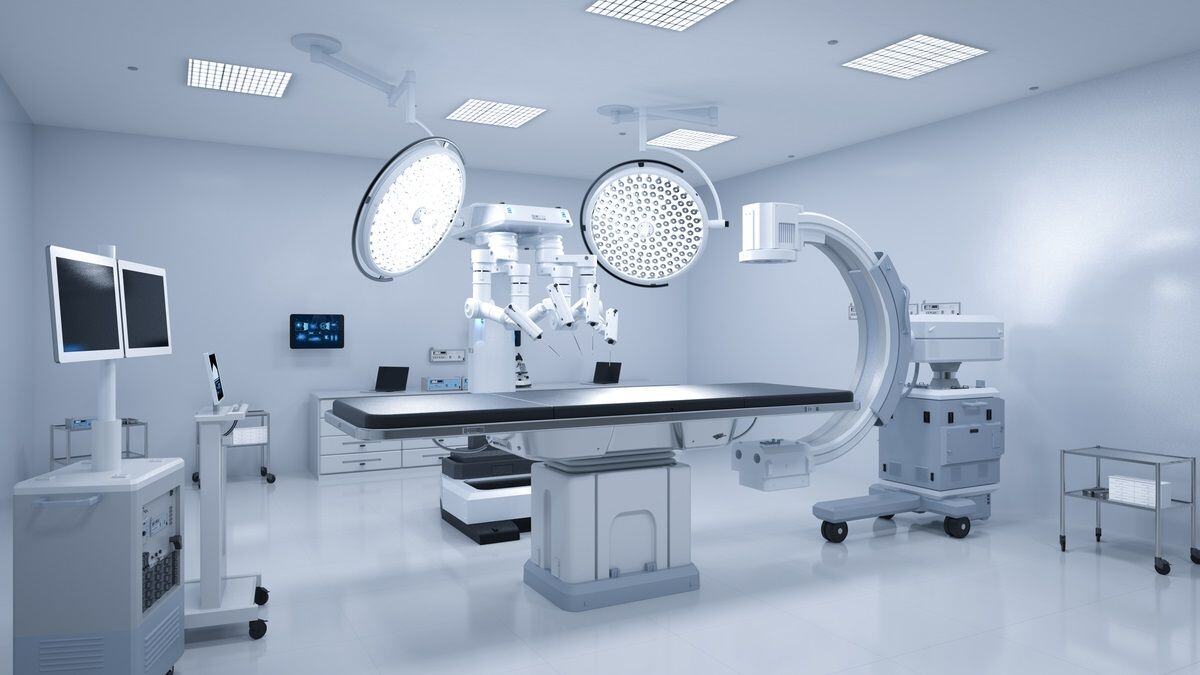Top 6 Healthcare Technology Trends for 2023
Savvy owners and operators of medical practices know that it’s prudent to periodically look ahead to the future of healthcare technology trends. The idea is to carve out a bit of room in their already busy schedules to get a better understanding of what may be to come. Doing so can help you support your bottom line in the coming year.
For example, are there changes in the local patient demographics to keep an eye on, or do experts predict that the next flu season is going to be particularly challenging? What about emerging technology trends that might have an impact on your business or your medical professionals?While a great deal of medical training remains valid over the years, you have to engage in continuing education to stay certified. And one area of medicine that never stays the same for long has to do with the technology and equipment that play such vital roles in daily operations, diagnosing, treating, and supporting the patients under our care. With that in mind, here are the top 6 healthcare trends we're keeping an eye on for 2023.
1. Telehealth, AKA Telemedicine
The advent of the global coronavirus that caused COVID-19 infections shut down large sectors of the economy, and it had a big impact on medical practices and healthcare technology trends. Many patients canceled their appointments, fearing the idea of spending time in a waiting room with other people who might harbor the virus, let alone in-person encounters at reception and with nurses and physicians.
So, telehealth usage increased as a way to let doctors still see patients, even if in a limited way. Experts predict that there will be a rise in the use of telemedicine. According to a report from Healthcare Dive, the costs of medical services involving telehealth could rise by 265% between 2020 and 2023, from $29 billion to $106 billion. In particular, industry researchers think that patients who suffer from chronic conditions will be the biggest part of the population relying on telehealth sessions with their healthcare providers.
2. Cloud Computing for Outsourced Billing
Another pain point for medical practices since the pandemic has been a rise in staff shortages as healthcare professionals retire or move elsewhere, which has been evident in treatment facilities. It’s been especially hard-hitting in California and New York, where the labor force in healthcare may plummet by as many as 500,000 professionals by 2026. One result of this shortage is medical practices scrambling to get their billing done in a more efficient and timely manner.
According to Medgadget, the global medical billing outsourcing market is anticipated to reach 12.5% CAGR by 2023. This indicator may motivate you towards a outsource medical billing solution which can help healthcare providers gain greater control over the bottom line.
Since medical practices often cannot hire internally as many billing staff members as they would prefer, it makes sense to outsource this work to a third-party medical billing facility.
3. Monitoring Patients from Remote
One important area in technology to keep top of mind is the ability to monitor any patient remotely. With the healthcare industry rapidly evolving, digital health solutions are certain to improve patient outcomes in the future.
In 2023, you can consider that it will be much easier to put a heart monitor on a patient for an in-home study instead of keeping him in the hospital for several days. Healthcare providers can monitoring patient diagnosis- see at a glance the vital statistics of their patients who are still at home from the convenience of their office. Providing quality care remotely made easier by medical practice management software is a 2023 trend that is here to stay.
4. Factoring in Costs for Technology and Security
With the use of healthcare technology like medical practice management software comes a requirement to protect these systems with monitoring systems, including firewalls and anti-malware applications. You may need to adjust your budget to account for increased security demands.
In 2023, it’s safe to assume that criminal hackers will be making attempts to break into your electronic health records data, stealing sensitive information on patients that you must keep secure to comply with the Health Insurance Portability and Accountability Act of 1996. You may need to consult with computer security professionals to make sure you are doing what’s needed to shore up your network and maintain patient privacy.
5. The Role of Artificial Intelligence in Healthcare
It’s no secret that artificial intelligence is making waves in many areas of business today, and healthcare is no different. You may interact with AI while calling a company that is short on human customer service representatives, or your bank may use artificial intelligence to pre-qualify you for a loan. In medicine, people have already been relying on AI to speed up medical billing and revenue collection. These healthcare technology trends are possible because artificial intelligence can quickly examine huge amounts of unstructured patient data and make relevant connections for healthcare organizations.
As noted by Insider Intelligence, AI can automate administrative tasks in a medical office, such as preauthorizing insurance and keeping patient records in order. AI can also analyze information from patient devices, from smartwatches to glucose monitors, practice management software automates keeping tabs on the details that humans could not possibly process in real-time.
6. Improved Patient Engagement With Online Services Like Portals
The average patient is increasingly accustomed to using smartphones, laptops, and tablets as well as desktop computers to interact with companies, their job, and school. It makes sense that they would want to engage with your practice and your healthcare providers in a similar way.
An emerging trend for 2023 will see more people taking advantage of patient portals connected to their doctor’s electronic health records system.
The medical practice management software allows a patient to log into your system to do things like request an appointment or a prescription reauthorization, for example, or to leave a message for the physician or share test results, which is much faster than waiting on the phone to do such tasks. Integrating a portal into your organization will be more convenient for patients as well as save time for the staff.
Staying on Top of Healthcare Sector Technology Developments
One thing you can count on is that the state of software and technology will not stay the same for long. Innovation is always just around the corner. The trick is to stay aware of healthcare technology trends to keep your team prepared.
It’s often a challenge to keep up with changes that might affect how you provide service to patients, and that may also have an impact on your bottom line. To keep this in focus, keep reading this blog for more healthcare industry news and trends.
Key takeaways:
- Telemedicine service requests should increase from patients in 2023
- Cloud computing allows your team to take advantage of outsourced billing in the face of local staff shortages
- You can anticipate monitoring patient status from remote more often
- It’s possible you’ll need to budget more for improving security
- Artificial intelligence will play a more significant role in caring for patients
- More people will rely on patient portals to connect with their doctors
Click the Get a Demo button above to set up your EHR system demo to see these trends in action.
About Christina Rosario
Christina Rosario is the Director of Sales and Marketing at Advanced Data Systems Corporation, a leading provider of healthcare IT solutions for medical practices and billing companies. When she's not helping ADS clients boost productivity and profitability, she can be found browsing travel websites, shopping in NYC, and spending time with her family.



